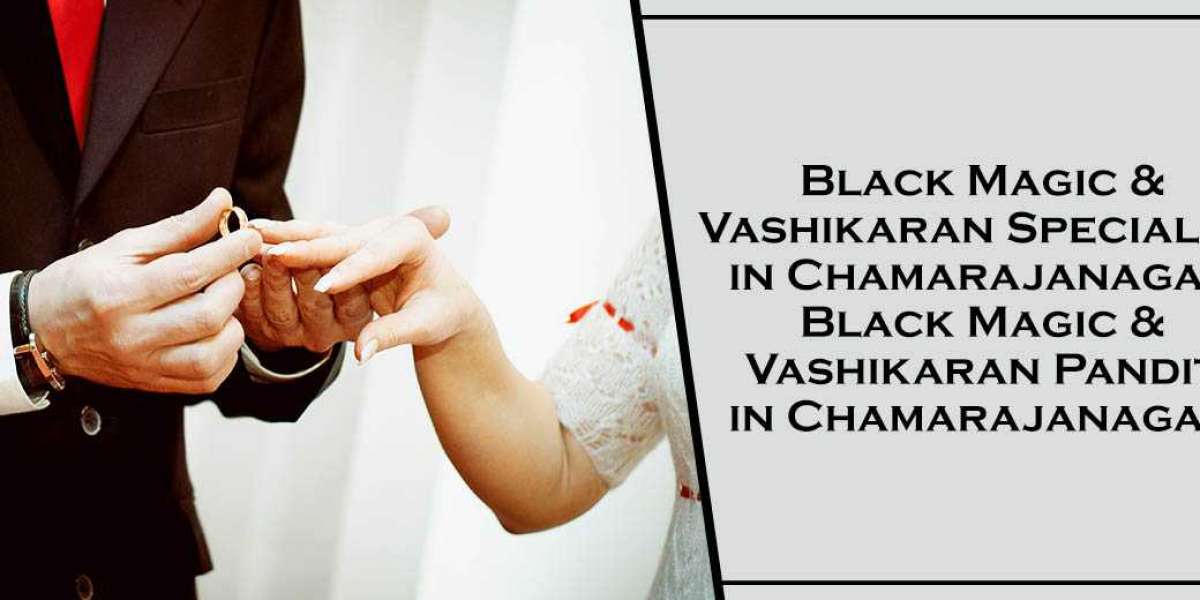The kilt sporran is a distinctive and essential component of traditional Scottish Highland dress, known for its practicality and aesthetic appeal. Worn at the front of the kilt, the sporran serves as a functional pouch and a decorative element that adds a touch of elegance and heritage to the kilt outfit. This article explores the history, types, significance, and modern-day use of the kilt sporran, highlighting its role in Scottish culture and fashion.
Historical Background
The sporran, derived from the Gaelic word for "purse," has been a crucial part of Highland dress for centuries. In the rugged Scottish Highlands, where kilts were traditionally worn, the sporran provided a practical solution for carrying personal items. Early sporrans were simple leather pouches, often made from deer or calf hide, designed to hold food, money, and other small necessities. As the kilt evolved into a symbol of Scottish identity, the sporran also transformed, becoming more elaborate and reflective of the wearer's status and clan affiliation.
Types of Sporrans
There are three main types of sporrans, each designed for different occasions and levels of formality:
Day Sporran: The day sporran, also known as the casual sporran, is simple and practical, typically made from leather. It features minimal decoration and is suitable for everyday wear, casual outings, and informal events. Its straightforward design ensures functionality and ease of use.
Dress Sporran: The dress sporran is the most elaborate type, often made from fur with decorative metal cantles and tassels. It is larger than the day sporran and features intricate designs, such as Celtic knots, clan crests, or other motifs. Dress sporrans are worn at formal occasions, such as weddings, black-tie events, and official ceremonies. Their opulent design adds a touch of elegance and sophistication to the kilt outfit.
Semi-Dress Sporran: The semi-dress sporran is a hybrid between the day and dress sporran, combining elements of both. It is usually made from leather with some fur and metal detailing. The semi-dress sporran is versatile, suitable for semi-formal events and occasions that require a balance between practicality and decoration. It offers a blend of functionality and style, making it a popular choice for many kilt wearers.
Components of a Sporran
A sporran consists of several key components, each contributing to its function and appearance:
Body: The main part of the sporran, typically made from leather or fur. The body houses the pouch, which holds personal items.
Cantle: The decorative metal top of the sporran, often featuring intricate designs or clan symbols. The cantle adds a touch of elegance and serves as a closure mechanism.
Tassels: Decorative elements that hang from the front of the sporran. Dress sporrans usually have three or more tassels, while day sporrans may have fewer or none at all. Tassels add movement and visual interest to the sporran.
Closure: The mechanism used to open and close the sporran. This can be a clasp, button, or other fastening device, ensuring that the contents are secure.
Belt and Chains: Sporrans are attached to the kilt by a belt and chain, which wrap around the waist and fasten at the back. The chains not only secure the sporran but also add a decorative element to the outfit.
The Role of the Sporran in Highland Dress
The sporran plays a vital role in Highland dress, serving both practical and symbolic purposes. Practically, it provides a convenient place to carry personal items, such as keys, money, and a phone. Symbolically, the sporran is an integral part of the kilt outfit, reflecting the wearer's heritage and status.
The design and materials of the sporran can indicate the formality of the occasion and the wearer's social standing. For example, a highly decorated dress sporran with fur and metal cantles suggests a formal event and a higher social status, while a simple leather day sporran indicates casual wear and practicality.
Modern Uses and Adaptations
While the traditional sporran remains a popular choice for those wearing kilts, modern adaptations have emerged to suit contemporary needs. Today, sporrans come in a variety of styles, materials, and designs, catering to different tastes and purposes.
Utility Sporran: This modern version combines the traditional look with added functionality, often featuring extra compartments, zippers, and even technology-friendly elements like phone holders. Utility sporrans are practical for everyday use and outdoor activities.
Custom Sporrans: Many kilt wearers opt for custom-made sporrans that reflect their personal style, interests, or heritage. Custom sporrans can feature unique designs, materials, and embellishments, making them a personalized accessory that stands out.
Fashion Sporran: Fashion-forward sporrans incorporate contemporary designs and non-traditional materials, such as denim, canvas, or synthetic fabrics. These sporrans appeal to younger generations and those looking to make a bold fashion statement while honoring Scottish tradition.
Choosing the Right Sporran
Selecting the right sporran involves considering the occasion, personal style, and budget. Here are some tips for choosing the perfect sporran:
Occasion: Match the sporran to the formality of the event. A day sporran is suitable for casual outings, while a dress sporran is appropriate for formal occasions. For semi-formal events, opt for a semi-dress sporran.
Material: Consider the materials used in the sporran's construction. Leather is durable and practical, while fur adds a touch of luxury. Metal detailing can enhance the overall look but may increase the cost.
Design: Choose a design that reflects your personal style and heritage. Look for sporrans with clan crests, Celtic knots, or other meaningful symbols. Consider the color and pattern of the kilt when selecting a sporran to ensure a cohesive look.
Budget: Sporrans come in a range of prices, from affordable leather day sporrans to elaborate fur and metal dress sporrans. Set a budget and look for a sporran that offers the best value within your price range.
Maintaining and Caring for Your Sporran
Proper maintenance and care can extend the life of your sporran and keep it looking its best. Here are some tips for caring for your sporran:
Cleaning: Regularly clean the sporran to remove dirt and stains. Use a damp cloth to wipe down leather sporrans and a soft brush for fur sporrans. Avoid using harsh chemicals or soaking the sporran in water.
Storage: Store the sporran in a cool, dry place away from direct sunlight. Use a dust bag or box to protect it from dust and damage. Ensure that the sporran is not crushed or misshapen during storage.
Repair: Address any damage or wear promptly. Replace broken clasps, chains, or tassels to maintain the sporran's functionality and appearance. For extensive repairs, consider consulting a professional leatherworker or sporran maker.
Conclusion
The kilt sporran is a quintessential accessory in traditional Scottish Highland dress, offering both practicality and aesthetic appeal. From the simple day sporran to the elaborate dress sporran, this unique accessory enhances the kilt outfit and reflects the wearer's heritage and status. Whether worn for casual outings, formal events, or cultural celebrations, the sporran remains an integral part of Scottish tradition and fashion. By choosing the right sporran and caring for it properly, kilt wearers can enjoy this timeless accessory for years to come, celebrating their Scottish heritage with style and pride.



